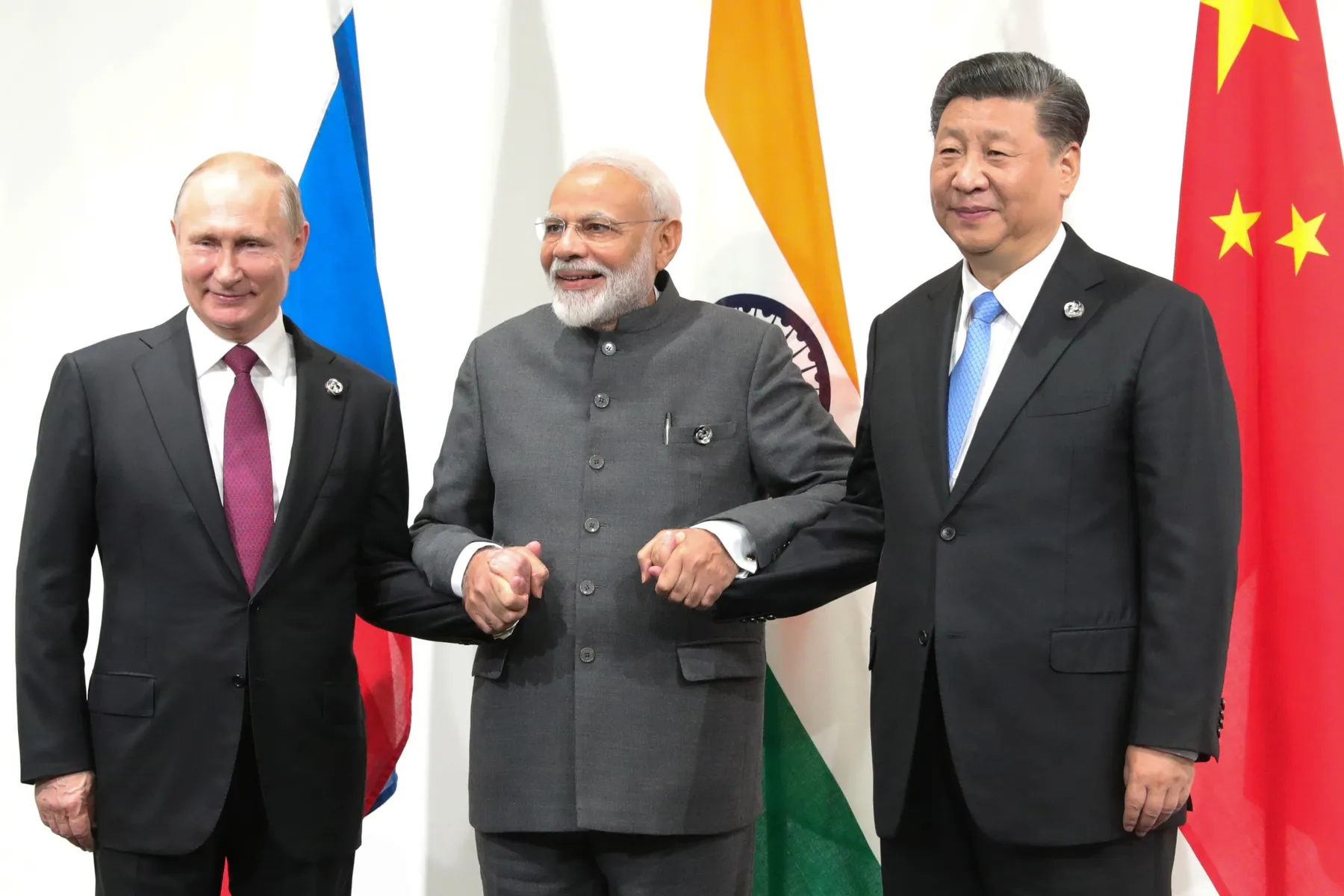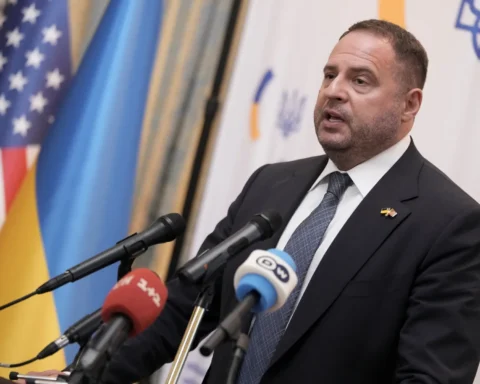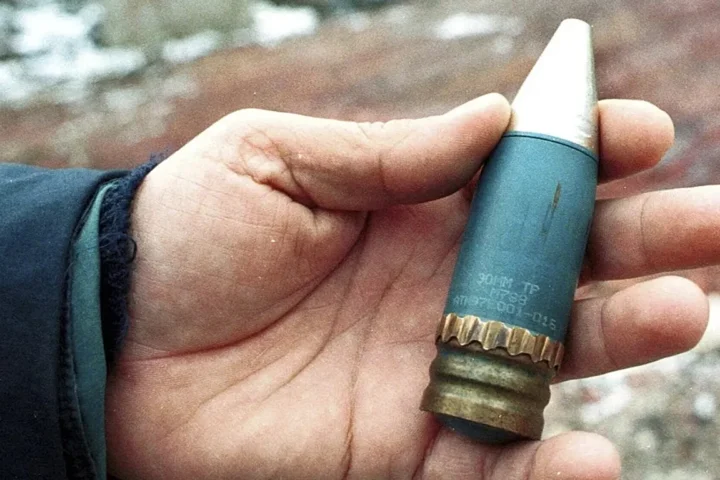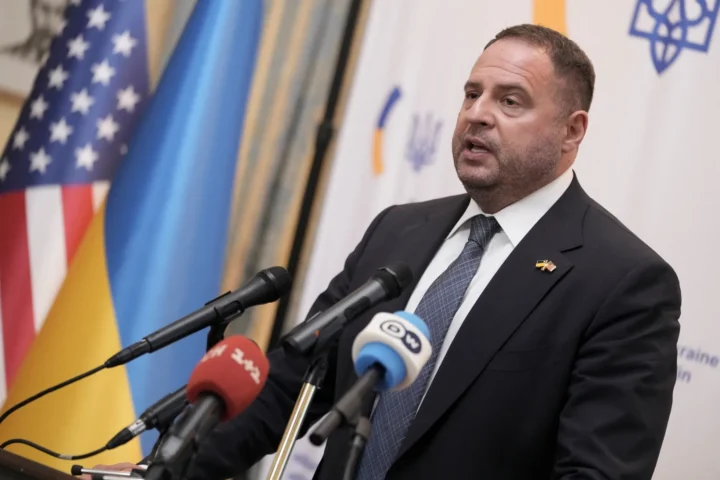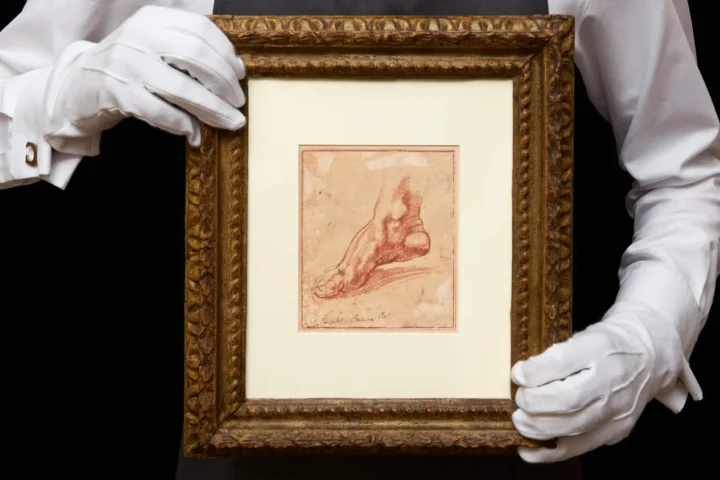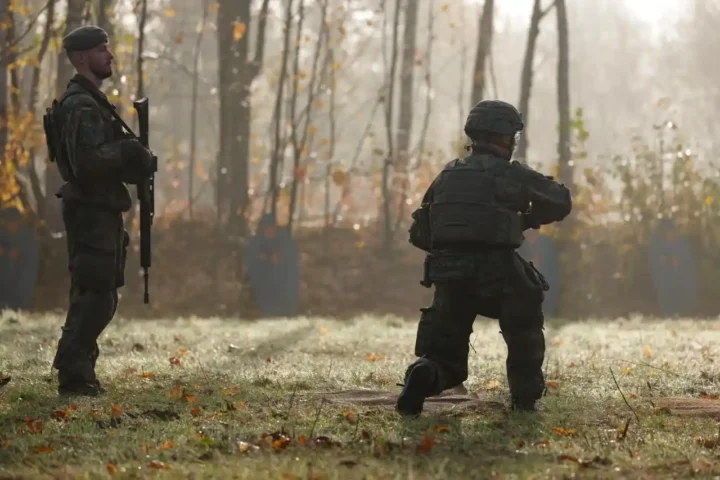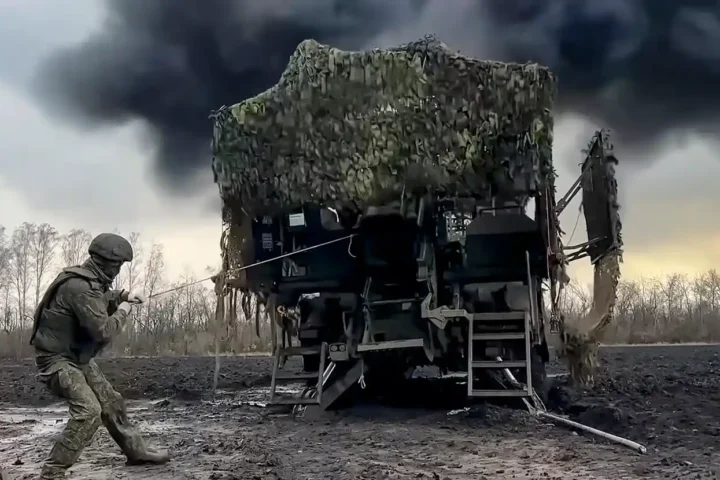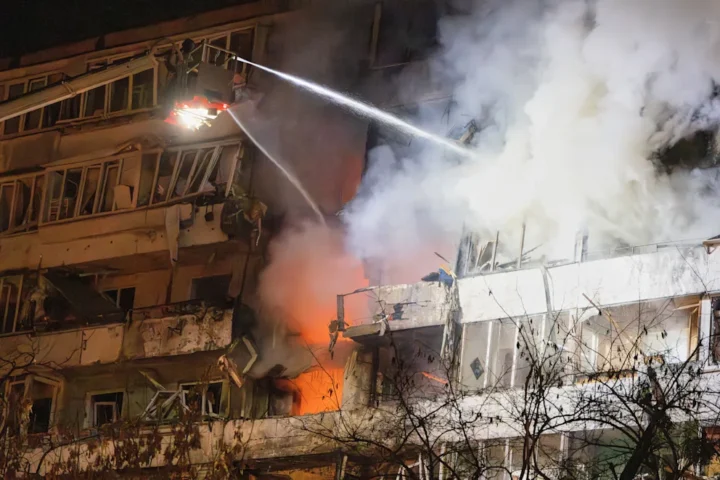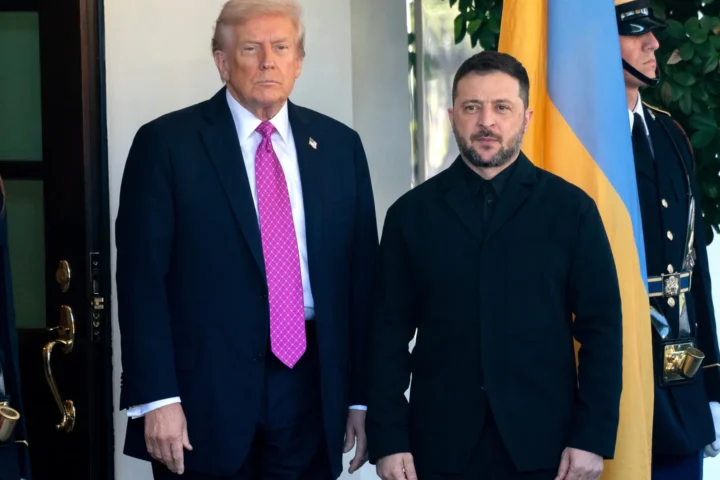Tianjin, the SCO, and the power of optics
This week, three nuclear powers gather in Tianjin for the Shanghai Cooperation Organization summit. The Kremlin is pushing a long-promised trilateral meeting—and if the “troika” (RIC) gained a second life, it would signal that major geopolitical players are aligning under U.S. pressure.
Yet the very design of this trio—chronic India–China tension plus economic asymmetry—makes that outcome unlikely. Expect the symbols of warmer ties rather than the foundation of a new architecture.
The main pressure point: India under U.S. tariffs
According to Bloomberg, India is the most tightly squeezed. Until recently a key partner for Washington, New Delhi has borne the brunt of tariffs: the U.S. doubled duties on Indian exports to 50% (set to take effect on August 27) as punishment for purchases of Russian oil.
China, the original target of Washington’s trade campaign, has a temporary reprieve, but long-term strategic rivalry endures. Russia, meanwhile—under sanctions and bogged down in Ukraine—is hunting for formats that can soften isolation and open new channels for trade and settlement.
The RIC idea: from Primakov to the reality of mistrust
The RIC concept emerged in the 1990s in Moscow, when then–Prime Minister Yevgeny Primakov proposed a trilateral counterweight to U.S. dominance. On paper it looked potent—three countries with vast markets and populations. In practice, the project has been eroded by mutual distrust, above all the rivalry between India and China.
The core stumbling block is their long-running border dispute along a poorly demarcated 3,488-kilometer (2,170-mile) frontier in the Himalayas. It already produced a war in 1962 and multiple crises since. In 2020, clashes in the Galwan Valley (Ladakh) led to the deadliest fighting in decades; diplomacy froze, New Delhi paused tourist visas for PRC nationals, and restricted imports of Chinese tech.
U.S. tariff pressure is nudging the rivals toward a limited thaw. Recently, the two sides agreed to explore demarcating disputed stretches of the frontier, theoretically inching them toward a settlement. Visa restrictions have eased, and Beijing has ostentatiously expressed “solidarity” with India on exports. But as Happymon Jacob of the Council for Strategic and Defense Research noted in the Hindustan Times, the structural contradictions remain. Severe violence may be averted for now, but a durable rapprochement is unlikely. It is hard for New Delhi to fully trust Beijing amid its military assertiveness from the South China Sea to Taiwan.
India’s other chronic headache is Pakistan. Since the end of the Cold War, Beijing has become Islamabad’s principal defense partner. In a recent flare-up, Pakistan claimed Chinese-made J-10C jets shot down five Indian fighters; New Delhi said the PRC also provided air defense and satellite support to its rival. This alignment deepens India’s security anxieties and further erodes trust in China.
Economics versus geopolitics: asymmetries you can’t wish away
Even setting security aside, the economic logic doesn’t favor RIC—especially for India. Its growth leans on U.S. technology, capital, and supply chains, which neither Russia nor China can replace. America is also the dominant market for Indian exports. In 2024, U.S. consumers bought $77.5 billion in Indian goods, according to Bank of Baroda; Chinese and Russian purchases were only a fraction of that.
Moscow’s position is different: it is objectively closer to Beijing. Since sanctions followed the 2014 annexation of Crimea, bilateral trade has surged to record highs, surpassing $200 billion last year. Russian business is increasingly plugged into China’s financial rails—settlements in yuan and the use of UnionPay cards. For New Delhi, joining such a bloc would mean playing the junior partner—an unappealing prospect both politically and economically.
The revival attempt—and why it’s fragile
None of this has stopped Moscow from trying to breathe life back into the format. In May, Foreign Minister Sergei Lavrov said “the time has come for the revival” of the troika. Beijing has backed the initiative, saying it could uphold peace, security, and stability.
If RIC gained real mechanisms for coordination, Washington would have to contend with more synchronized actions by its competitors. But, as Bloomberg argues, what binds this trio is necessity rather than trust. Tianjin offers a chance to stage warm optics, but not to deliver substantive breakthroughs. Any détente could unravel as soon as U.S. pressure eases—along with the main glue holding this fragile arrangement together.
This article was prepared based on materials published by Bloomberg. The author does not claim authorship of the original text but presents their interpretation of the content for informational purposes.
The original article can be found at the following link: Bloomberg.
All rights to the original text belong to Bloomberg.


